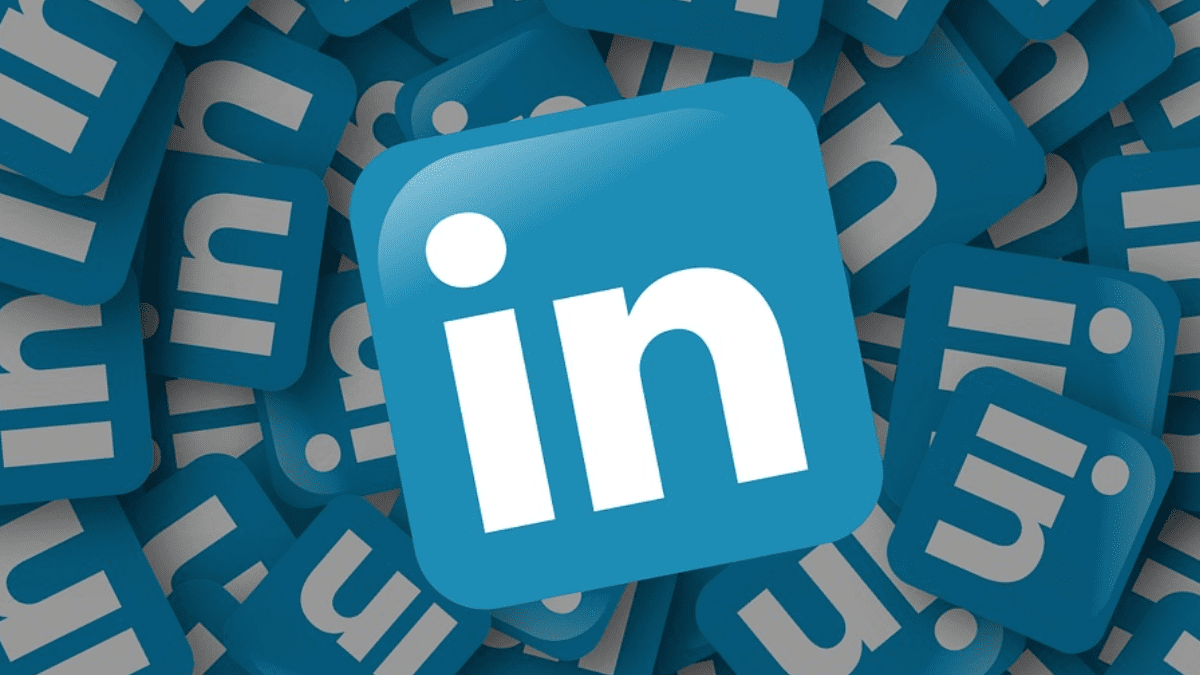
Tips from a Talent Consultant: How to Make Your LinkedIn Profile Work for Your Job Search
With the economy teetering on recession and global forces like high inflation, supply chain challenges and war making volatility the norm, even the biotech industry, which has seemed pandemic recession-proof, is feeling the impact. The pandemic biotech boom has subsided and these unpredictable economic times have led many companies to restructure their workforce.
In June 2022, Novartis announced that it had laid off 8,000 employees. BridgeBio let go a significant but undisclosed amount of staff earlier this year after subpar Phase 3 clinical trial data came back. Bluebird Bio, which split its business into Bluebird and 2seventybio in 2021, led to 2seventybio announcing it had laid off 6% of its workforce in early 2022. Some biotechs didn’t make it at all–Kaleido Biosciences closed for good after nearly a year of setbacks.
What this means is that what was once a hot job seeker-controlled market is now less so. There are more active job candidates in the market than there were a year ago, and that means an employer-driven market is on the horizon. Whether you’re currently employed and are a passive job seeker or you’re out of work and an active candidate, a few things are clear given the current job market environment: passive candidates need to prepare for possible layoffs and active candidates need to pull out all the stops to get noticed.
One of the most underutilized and underappreciated ways to prepare for unemployment or to generally nab the job you want is your LinkedIn profile. So many professionals just do the basics and forget about their profiles, only paying attention to their page when they change jobs or get laid off. The fact is your LinkedIn profile—fully realized—can be a dynamic networking and job acquiring force if leveraged to its fullest.
“According to recent studies, 87% of recruiters use LinkedIn as their primary source of talent which is why standing out on LinkedIn is a must in this competitive market. Not having a LinkedIn profile increases your chances of never being found,” shared Cristina Rexach, Senior Talent Consultant with Workforce Genetics.
“With only 50% of users having a complete profile and only 1% actively posting, the opportunity to be relevant and reach decision-makers on this platform is unique,” she added.
Here are 5 tips for maximizing the value of your profile to keep your job network fresh and attract attention from recruiters:
- Use a professional-looking, current profile picture. Using a pixelated headshot from 5 or 10 years ago or a cropped group shot is worse than having no picture on your profile at all. If you’re in either scenario, you’re missing an important opportunity to make the best first impression and to give an employer a way to connect a face to a resume. In an ideal scenario you can use a professional headshot taken while with another employer, or you can ask a friend to take some headshots. The key here is to portray something about yourself and put your best foot forward in the profile picture. Click here for LinkedIn’s tips for profile pictures.
- Write an attention-grabbing headline. Attention-grabbing being the key word here. Along with a great headshot, a short, concise, powerful headline that captures what you can offer is essential. Put on that New York Post headline writer’s cap and get creative while avoiding cliches and overused buzzwords. Here are some inspirational examples of headlines that might help you craft your own winning headline.
- Don’t just summarize your skills, tell your story. The summary section of your LinkedIn profile is a great opportunity to tell your unique story. Don’t just list hard skills or accomplishments in a bulleted list. Instead, craft a compelling narrative that blends your personality, values, soft skills and hard skills in a way that will speak to a recruiter or a hiring manager. Remember, though, it’s more important to be authentic and genuine when telling your story. Don’t try too hard. Don’t be too dramatic. And again, avoid overused phrases and buzzwords. Be real. Be clear. And be interesting. This will go a long way to separating your profile from others. Here are 14 great summary examples, according to LinkedIn.
- Keep Adding and Refining Hard Skills. You should always be adding to and enhancing your skills on your LinkedIn profile. should continuously be updated giving priority to the hard skills versus the soft skills. The cap on skills for your profile is about 50, so make sure to be strategic about what you include. You don’t want to list 50 skills so it is overwhelming. Rather, feature skills that would be searchable by a recruiter or employer and that truly showcase what real world skills you bring to the table. You can list some soft skills like “proven leader” or “problem-solving” but these skills must be accompanied by searchable hard skills. And by hard skills that does not mean excel and PowerPoint—everyone is expected to have those abilities. Adding skills and searchable skill descriptions like “quality control”, “ELISA”, “PCR”, “assay development”, “drug development”, “formulation”, “CAPA”, and “DMFEA”, to list just a few examples are the ones that probably a recruiter will use when searching for candidates.
- Leverage content and express your curiosity. Post content to LinkedIn. Blogs, scientific publications, panels you’ve participated in, short form video clips and other content pieces show thought leadership, proactive engagement and a willingness to get out there into the world. Use your own content, comments on other people’s posts and other engagement opportunities to show that you’re curious, you’re willing to learn and that you have a passionate interest in your field and outside of work. Hard skills can be taught and learned quickly, but only if a person is curious and open to learning new things. Don’t underestimate how important a curious nature open to ongoing learning is to hiring managers and companies. It could put you over the top against a candidate that might have all the technical skills in the world but is too rigid and set in their ways to grow. Show this to hiring managers through making your LinkedIn profile an example of your curiosity, your willingness to ask questions and your openness to participation and new experiences. Here are some LinkedIn posting tips to get your started.
There are a lot of things you can do to transform a static, basic LinkedIn profile into a dynamic networking and job seeking engine that tells your story in the most impactful way possible. Start with these 5 steps and grow from there.
- About the Author
- Latest Posts
Over the past 11 years, Chris has grown BioBuzz into a respected brand that is recognized for its community building, networking events and news stories about the local biotech industry. In addition, he runs a Recruiting and Marketing Agency that helps companies attract top talent through a blended model that combines employer branding and marketing services together with a high powered recruiting solution.





